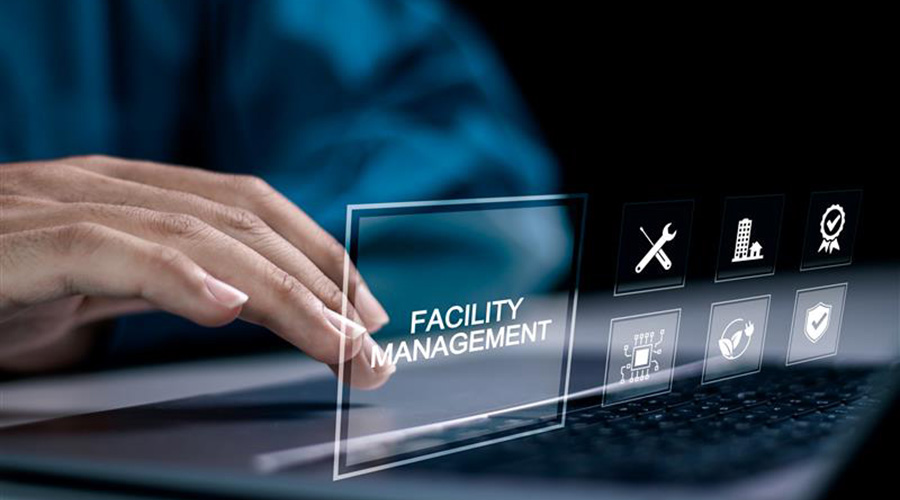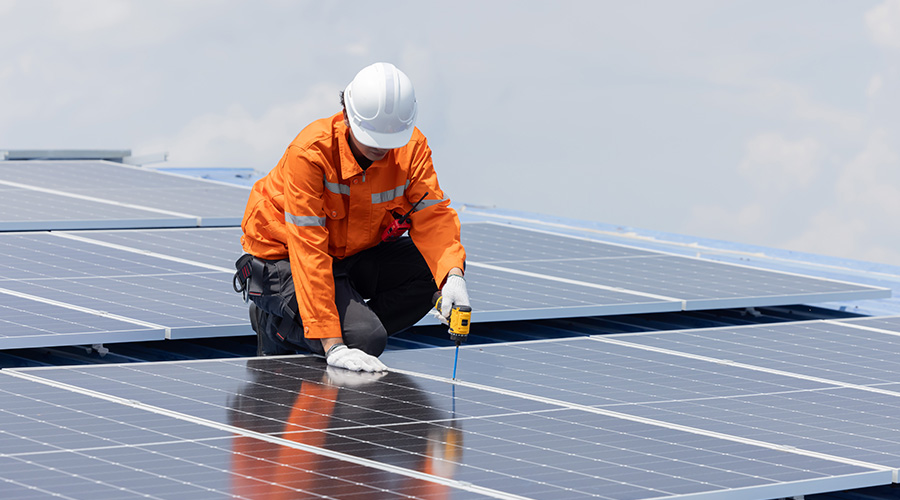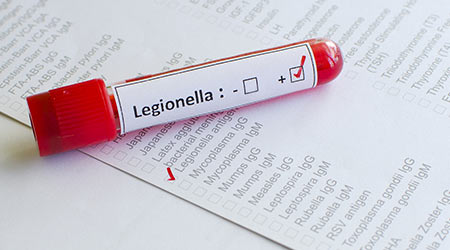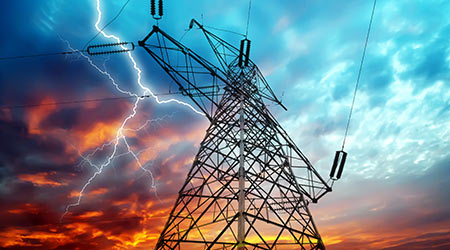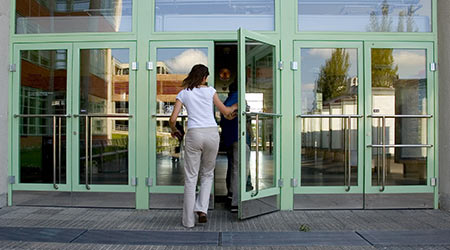
Sustainable Door Openings Protect People, Places and the Planet
July 7, 2017
Sustainability continues to grow in importance across all aspects of a building as the demand for “green” certified construction rises and the social awareness of eco-friendly initiatives increases.
Recently, the U.S. Green Building Council (USGBC) implemented a new version of Leadership in Energy and Environmental Design (LEED) featuring a host of updated requirements. The updates look to further increase the standards to which newly constructed buildings are held when considering the impact on the environment.
And while retrofit environments may not be as interested in LEED construction as new construction, the benefits of green standards can still result in improved energy savings as well as a reduction to the impact on the planet. Further, a building’s adherence to green standards can improve its marketability potential, and satisfaction with current tenants.
Doors, openings and access control products are among the first touchpoints in buildings for people and also work to keep a building as a contained, insular eco-system. It is possible to balance design, safety and security along with sustainability in every solution, so that it improves the sustainability of a building as a whole.
Exterior Door Openings
One component that is critical to consider for new construction and retrofit environments, is the sealing of a building envelope. A properly sealed building lowers facility heating and air conditioning costs while also reducing energy consumption.
When considering how to properly maintain a building’s envelope, door openings should be included. Energy-efficient door opening products that implement insulation technology, properly installed and adjusted door closers and operators, thermally broken frames and proper thresholds and gaskets can make a huge impact in a building’s energy demand.
Interior Door Openings
A building's interior also offers opportunities to lower energy consumption through the use of high-performance appliances. This is seen in LED lighting, more robust building control systems, and in doors through the use of Power over Ethernet (PoE) locks that drastically reduce energy consumption for electronic access control systems.
PoE locks require little electricity and are powered by the network cables already existing within many buildings. This streamlines installation, reduces installation costs, and minimizes power consumption while still creating a safer and more secure building.
If a facility requires a wireless solution for its access control, there are multiple solutions that connect to existing infrastructure like PoE and WiFi networks and provide the same reduction in components for installation.
Materials and Resources
Whether it be dictated by a green design standard or simply there for your peace of mind, the key component in material and resource usage is transparency. This not only relates to declaring the ingredients that go into the creation of a product, but also the operations, sourcing and the ethical and sustainability aspects of a supply chain.
One way to determine if a manufacturer is working on a transparent green program is through Environmental Product Declarations. EPDs are third-party certified, comprehensive reports that document the ways in which a product, throughout its lifecycle, affects the environment. And while they also earn LEED points for projects, EPDs truly help demonstrate dedication to product transparency and optimization.
Other key considerations are if a manufacturer will take back products at the end of a life cycle to take on the environmental responsibility of its disposal, third-party reporting for raw materials extracted from the earth, and reporting on chemical ingredients in production.
There is little debate that sustainability in facilities will continue to be a megatrend moving forward. And, as previously noted, the blend of multiple areas of expertise is necessary to implement sustainability while providing safety and security for those who work in and around a building. But through a true commitment, doors and openings can protect not only people and places, but also the planet.
This Quick Read was written by Amy Vigneux, director of Sustainable Building Solutions for ASSA ABLOY Door Security Solutions. She is also a member of the Connecticut Living Building Challenge Collaborative and a member of the Connecticut GBC chapter. She is a Certified Sustainability Manager and a LEED Green Associate.
Naomi Millán, senior editor of Building Operating Management, edited the piece. To learn more about improving the energy efficiency of a building envelope, go to www.facilitiesnet.com/17099bom
Next
Read next on FacilitiesNet






